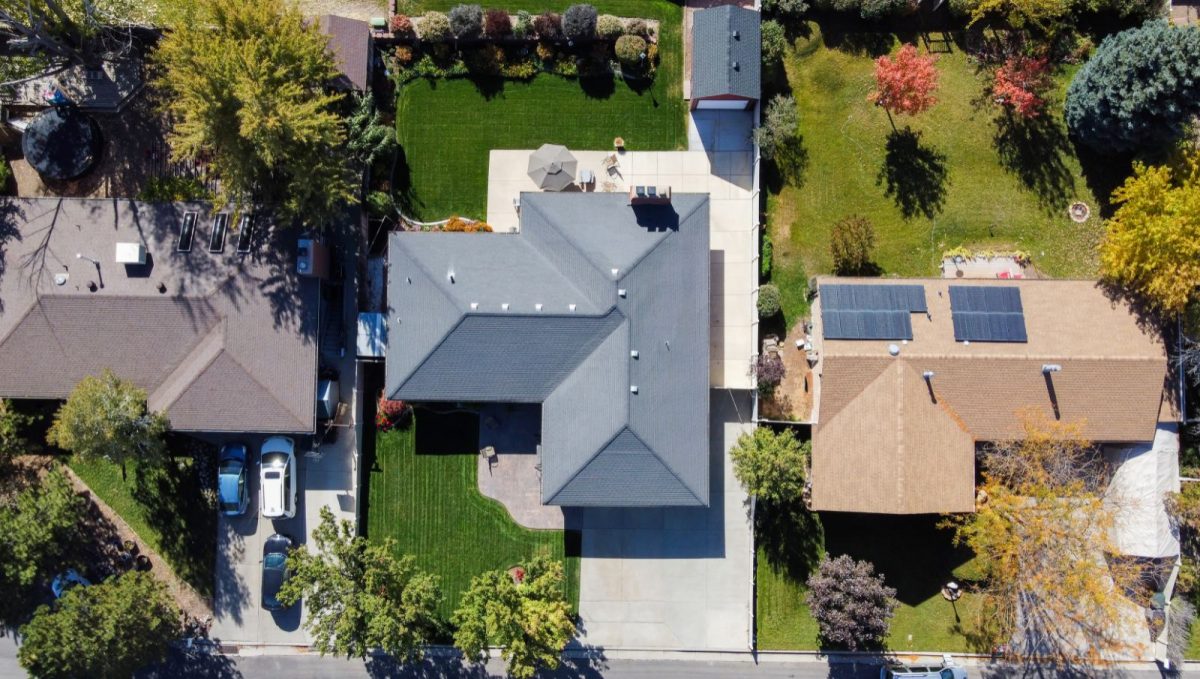Finding a fantastic investment property is
difficult, but locating a site that is ready for construction and analyzing it
to make sure it is the greatest one available or very close to it can be much
more challenging.
It must be suitable for development, but not just any development—it must be suitable for the correct kind of development, meaning one that will yield a (hopefully sizable) profit. For a developer, the cost difference between a good site and a mediocre site might be in the tens of thousands of dollars. Bad site can be more expensive to construct, delivering lesser profits or, worse yet, a loss.
Here are some of the most important factors to take into consideration:
1. Is It Cheaper Than Market Price?
Usually, determining development sites
begins with your budget. You should first investigate the neighborhood and
local area’s average prices.
You can move on to the other elements below
if the cost of a target site is close to the average. However, anything far
below the average should raise a concern. In that situation, you should
carefully review the site to determine whether anything is happening.
Although an inexpensive site could seem
appealing, chances are you will need to spend further funds to upgrade it.
2. The Location
One of the most important things to get
right is this. The land must be in a location with the appropriate zoning for
successful development and a council that is open to development. But it also
needs to be in a neighbourhood where there is demand from buyers and/or
renters, so you have both options covered once the development is finished,
whether you want to sell or hold.
The desire for real estate in the area
should be increasing so that by the time you complete the project and over
time, the homes you create will increase in value, allowing you to take
advantage of the growth and earn a sizable profit.
3. Size and Shape
This will dictate the kind of development
you can undertake and what the site will produce, thus affecting your ability
to make money. The number of homes a developer can construct might be greatly
increased or decreased by just a few square meters. The site’s form and
setbacks must be taken into account when determining the size of the building
because they might affect the total amount of usable space on the block as well
as its frontage or breadth.
4. Relevant Planning Controls
Various councils have varying regulations.
Before concluding a deal, you should review them to learn more about what you
can accomplish with the website. That’s because obtaining development sites
could be more difficult if there are inappropriate overlays and zoning.
It is also beneficial to research the
demographics of the area you are purchasing in. It will indicate whether there
is a need in the neighbourhood for that kind of amenity or house. Building a
house, you can’t sell is pointless. Additionally, investing in a facility that
the neighbourhood does not require is pointless.
5. Soil Test
Consider the soil on the block as it can
impact the stability of a development, although this is something that will
require testing. When looking for development sites that are right for you, the
quality of the property is a crucial consideration. It could affect the stability
of your building, so you should consider it. Although testing will increase
your prices, this is a smart investment. You ought to take into account what is
already in place. Is the place deserted? It might have a house or possibly some
trees. Are they needed to demolish in order to create your property? Activities
involving demolition will raise the project’s cost and reduce your profit.
6. Orientation and aspect
The type of development you can undertake
and the appeal of the resulting properties will depend on the block’s
orientation, particularly in terms of light, vistas, privacy, and noise,
including exposure to traffic.
Because they are simpler to construct on,
flat locations are preferable for construction. Sloping blocks are more
expensive to construct since they demand more labour, especially when it comes
to retaining walls. Get it looked out before you buy because even a block that
appears to be flat may have a slope and need some maintenance.
7. Flood and fire risk
Consider your options if the home is
located in a region that is vulnerable to natural disasters like floods or
fires. Building on the site will be more expensive and harder to sell because
of the danger and higher insurance costs, and expansion will probably be
constrained as a result. Many councils provide maps you can use to evaluate the
danger of fire and flooding for individual properties.
8. Access to utility and raw
materials
Any building or construction project must
be carried out in an area with simple access to infrastructure and utilities in
order to be successful. Electricity, water supply, healthcare, a mall, an
efficient garbage disposal system, and other necessities should be there.
The accessibility to the raw materials that
will be used for the design or building is another important issue that you
should take into account. This will enable you to avoid paying for the
transportation or importation of raw materials to the location. Additionally,
you will receive access to sufficient resources to finish the project.
9. Security and the nature
of the neighbourhood
In any residential area, the safety of
people and their belongings is essential. Therefore, it is important to not
take this element lightly. Before you start anything, research the security
measures in place at the venue and its surroundings.
Knowing the area’s crime rate will help you
make wise judgments and take preventative measures to protect your family, your
employees, and your property. Another very important factor is the neighbourhood’s
character. Do your neighbours get along? Do harmful substances abound in the
environment? Is there any contamination at the site that would be dangerous to
people’s health?
10. Weather
condition
Every location has unique weather
conditions. Before beginning any plan, you must ascertain the weather
conditions at your site. You should make an effort to learn about any natural
calamities, such as bushfire or flood, in order to understand what is at risk
before moving forward.
To obtain more info regarding finding the best investment property or a suitable development site available for your specific needs and goals, arrange a free strategy session with our buyer’s advocate.
A session includes the following:
·
Understanding your current situation and
recommending you a right property strategy
·
Develop an agreed strategy to secure the right
property for you.
·
Outlining the type of property you want us to find
·
Discover what your next steps are
Call 0411 70 3682 or email our
office to arrange a discussion.



